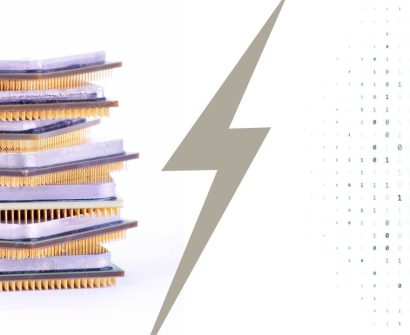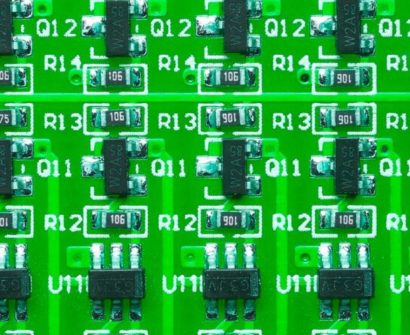
Introduction
VLSI (Very Large Scale Integration) design is the cornerstone of modern electronics, enabling the creation of complex microchips that power our devices. The VLSI design flow is a systematic process that guides engineers and designers through various stages, from concept to the physical realization of a semiconductor chip. In this blog post, we’ll take a closer look at the VLSI design flow, demystifying the steps involved in bringing innovative electronic products to life.
- Specification and Architectural Design
The VLSI design journey begins with a clear understanding of the project’s requirements and objectives. Engineers and stakeholders collaborate to define the chip’s specifications, functionality, and performance criteria. This phase has high-level architectural design the chip’s main components and their interconnections are planned.
- RTL Design
The Register Transfer Level (RTL) design phase involves creating a hardware description of the chip’s functionality. Designers use hardware description languages (HDLs) like Verilog or VHDL to define the logical behavior and data flow within the chip. RTL design focuses on the interaction between registers, data paths, and control signals.
- Functional Verification
Before proceeding, it’s crucial to verify that the RTL design behaves as intended. Extensive simulation and testing are performed to ensure that the chip’s logic functions correctly. Any errors or issues are identified and resolved at this stage.
- Synthesis
In the synthesis phase, the RTL code is translated into a gate-level representation. This process involves mapping logical functions to actual physical components, like transistors. Synthesis tools optimize the design for factors such as area, power, and speed.
- Physical Design
The physical design phase involves placing and routing the gates and interconnections on the chip’s layout. It includes steps like floor planning, placement, and routing. Physical design tools are used to optimize the chip’s layout for performance and manufacturability.
- Design for Test (DFT)
DFT techniques are integrated into the design to facilitate testing and fault detection. This includes the insertion of test points, scan chains, and boundary scan cells. DFT ensures that the manufactured chips can be thoroughly tested for defects.
- Timing Closure
Timing closure aims to ensure that the chip operates at the desired speed. Designers analyze and refine the design to meet the timing constraints. This involves adjusting clock domains, pipeline stages, and optimizing for minimum setup and hold times.
- Fabrication
Once the design is complete, it’s sent for fabrication in a semiconductor manufacturing facility. The design data is used to create photomasks, which guide the process of lithography, etching, doping, and layer deposition to create the physical chip.
- Post-Fabrication Testing
After fabrication, the chips undergo testing to check for manufacturing defects and ensure functionality. This phase includes wafer testing and packaging, where individual chips are encapsulated.
- Deployment
The final stage involves integrating the fabricated chips into electronic products such as smartphones, computers, or IoT devices. These products then reach the hands of consumers, powering our increasingly connected world.
Conclusion
The VLSI design flow is a multifaceted process that takes an initial concept and transforms it into physical silicon, powering the electronics we rely on daily. Understanding the stages of VLSI design, from specification to deployment, is crucial for engineers and designers aiming to create innovative and efficient electronic devices. It’s a fascinating journey that combines creativity, precision, and cutting-edge technology to shape our modern world.
To know more about VLSI Course , SuccessBridge VLSI training institute. You can begin your VLSI career by enrolling in the placement-assisted live courses available at SuccessBridge We offer various VLSI online courses. We offer VLSI Physical Design course, Design Verification course, DFT Trainings
, Chip design course many more. Explore VLSI Courses From The Leaders In VLSI Training
Also Read: Industry-Ready VLSI Training In Bangalore: What To Expect?






